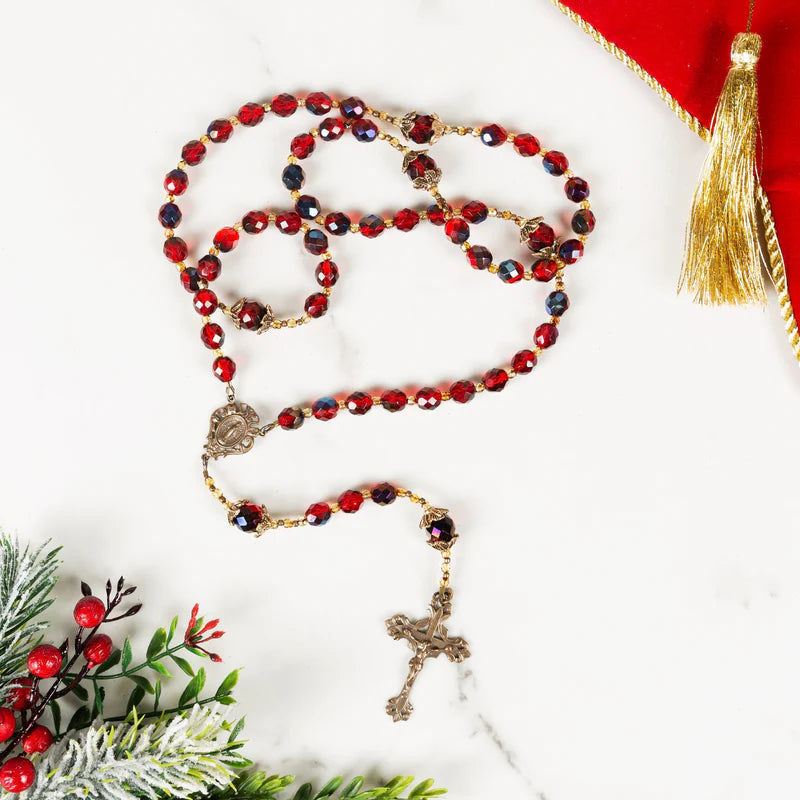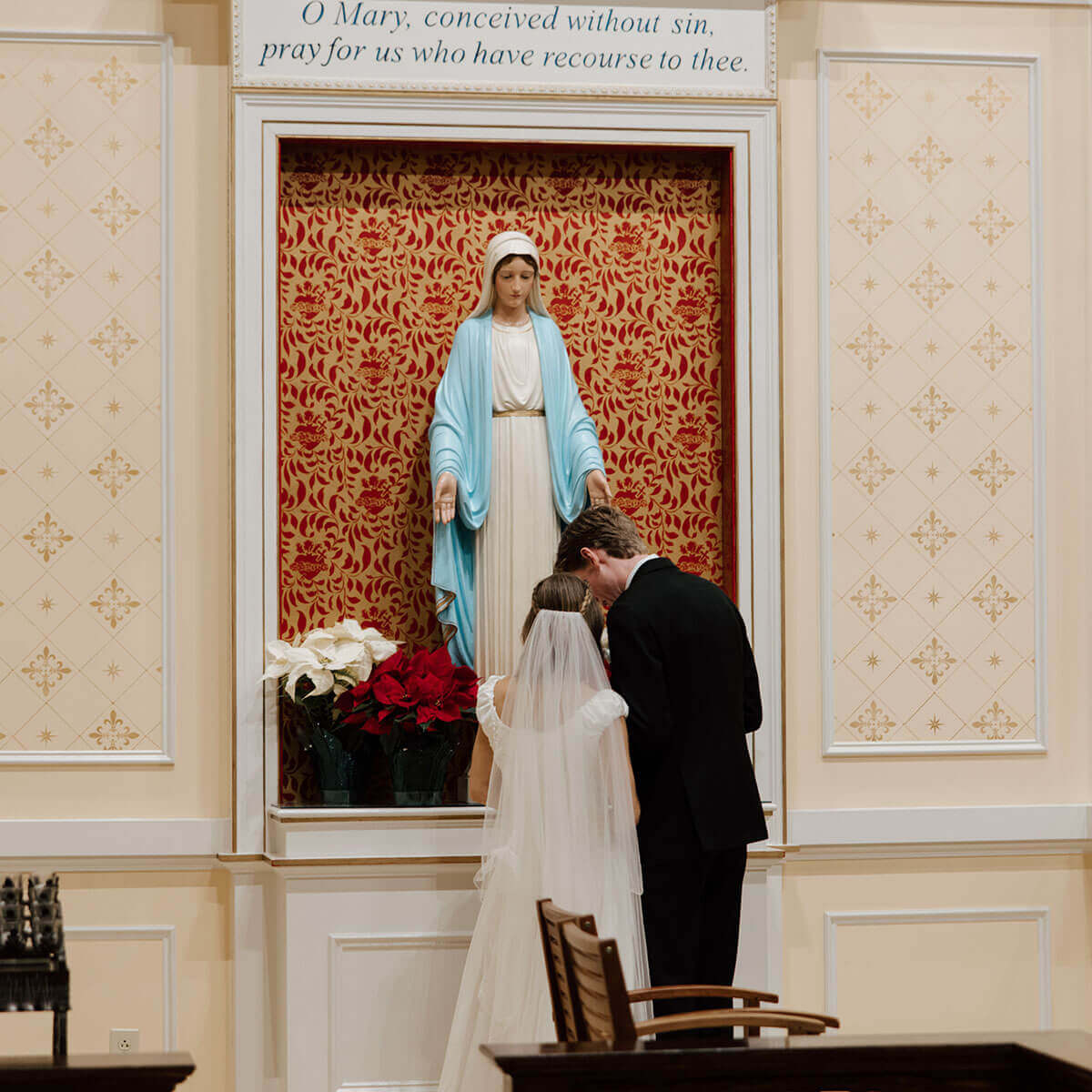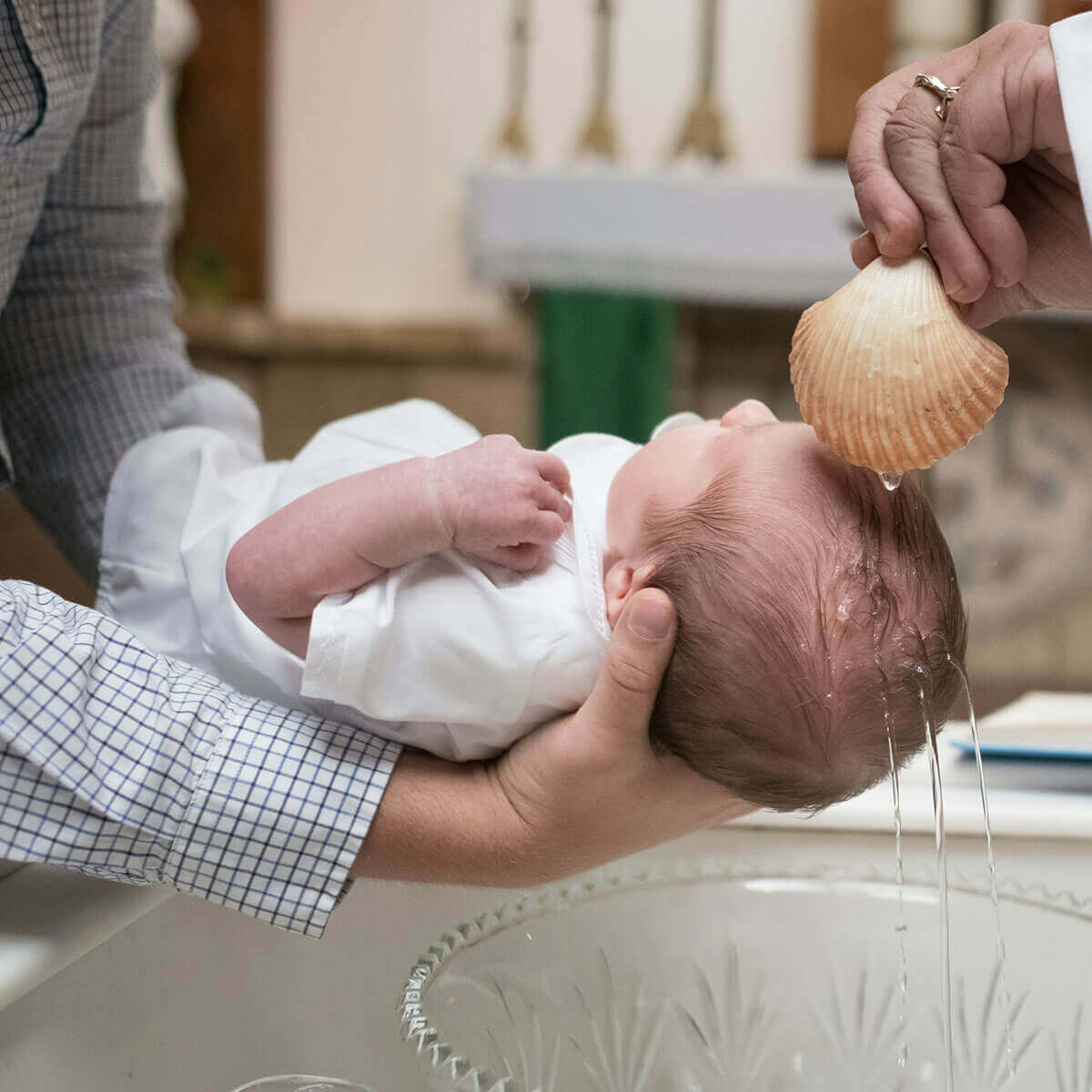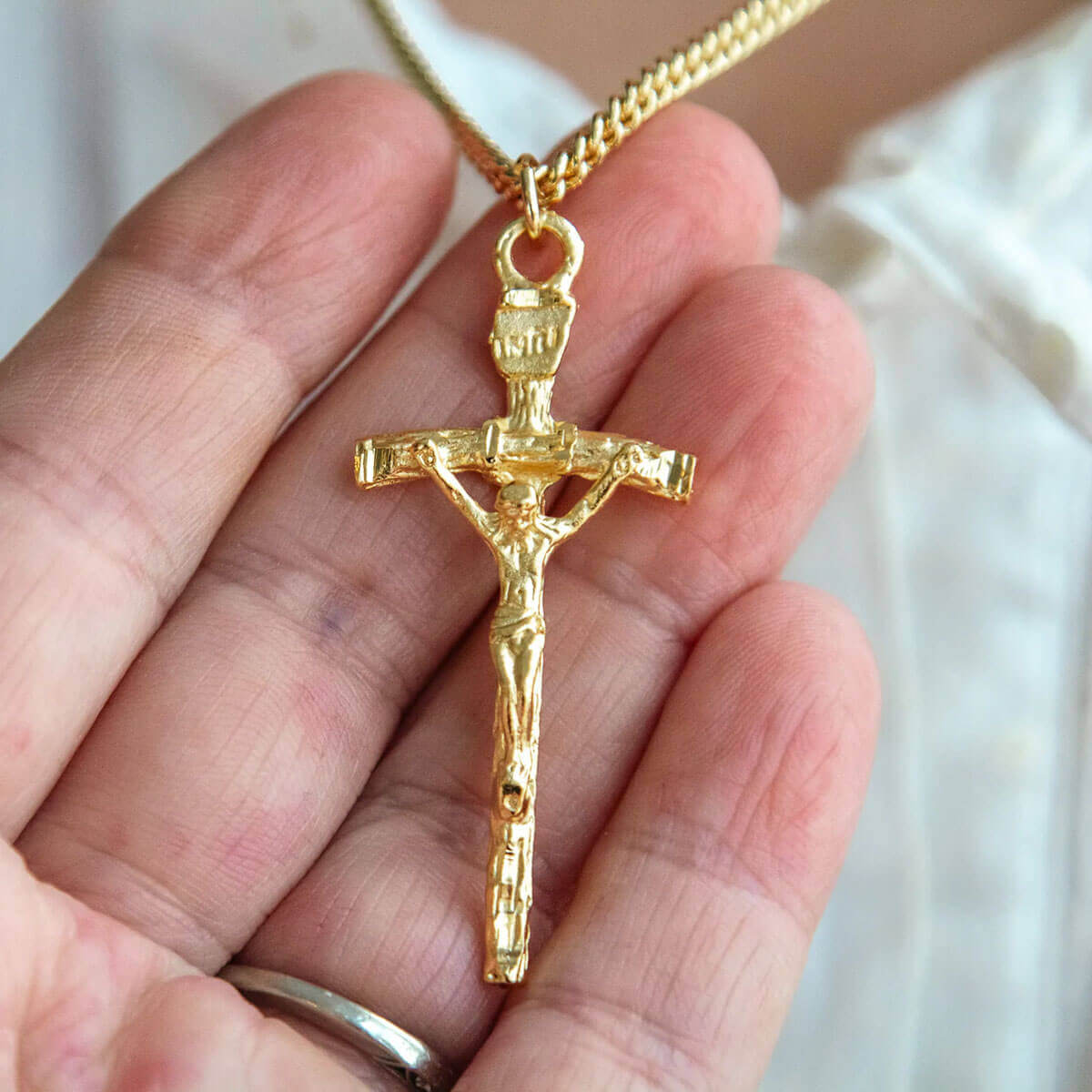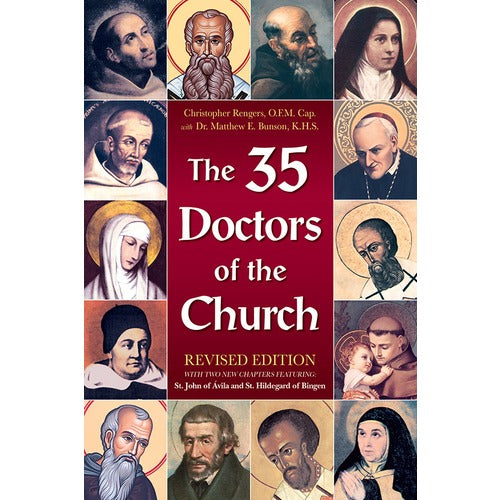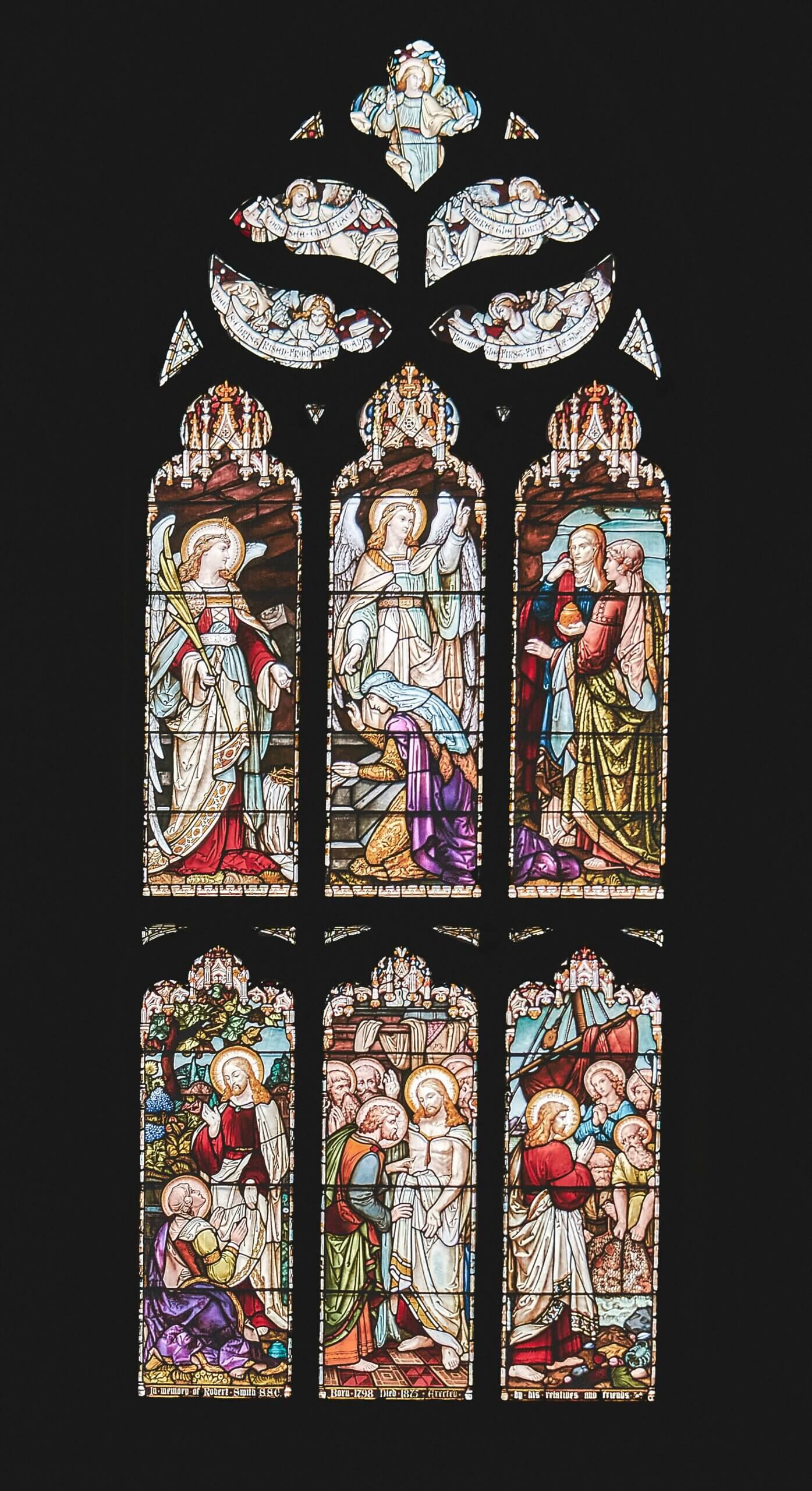St. Athanasius of Alexandria was a bishop beloved by the people of his diocese. They knew he was their spiritual champion, always upholding the true teaching of the Church and never dabbling in political intrigues. The political powers of the time knew this, too, but they didn’t always like it as much as the Alexandrians.
In fact, three emperors and the greatest heretical faction of the time—the Arians—got him exiled on five different occasions.
1. 336 – 338: The heretic Arius and his followers had been exiled, but the emperor Constantine pardoned one heretic—Eusebius—and allowed him to live at the royal court. Eusebius slyly persuaded Constantine to pardon Arius as well. When Constantine lifted the heretic’s exile and asked Athansius to reinstate Arius as a priest in Alexandria—as he had been before propagating the heresy—Athanasius refused. This refusal so angered the Arians that they drew up false charges against Athanasius, put him on trial, and got him exiled. After Emperor Constantine died, the empire was divided amongst his sons. The eldest, Constans, invited Athanasius to return to Alexandria.
2. 340 – 346: Athanasius returned to his diocese, but soon afterward the Arians accused him of disobeying the Church’s decision to exile him, and the younger emperor—Constantius—backed them up. Sending in a heretic bishop, the Arians made Alexandria so perilous that Athanasius had to flee. With the support of Pope Julius I and Emperor Constans, Athanasius eventually returned to his diocese and spent ten years there in comparative peace.

3. 356 – 362: After Pope Julius I died, the Arians managed to exile his successor. Then Athanasius was arrested and again forced out of Alexandria. He spent the next six years in the desert. Constantius died, and his pro-pagan successor—Julian—lifted the exiles of all orthodox bishops. Athanasius joyfully returned to Alexandria and was received with jubilance by the Catholic faithful.
4. 362 – 363: Soon after this much-persecuted bishop commenced work in his diocese again, Julian turned on him and said he hadn’t been included in the invitation. Athanasius obediently left, but assured the faithful that the exile wouldn’t last long. It didn’t—Julian died soon afterward, and the new ruler asked Athanasius to return.
5. 364 – 365: Within the year, however, that ruler also died and was succeeded by a pro-Arian prince. Valens quickly ousted Athanasius—but this time the people of Alexandria had had enough. They were so enraged at the treatment of their bishop that Valens restored Athanasius to them to prevent an uprising. After this, the bishop lived and served in his diocese until his peaceful death.
Throughout his tumultuous, exhausting life, Athanasius never once stopped combatting the Arian heresy. His writings fittingly gave him a place among the Doctors of the Church. You can learn more about him—and the 34 others—in The 35 Doctors of the Church, containing the inspiring and timeless stories of these great saints. Get your copy today from The Catholic Company!


